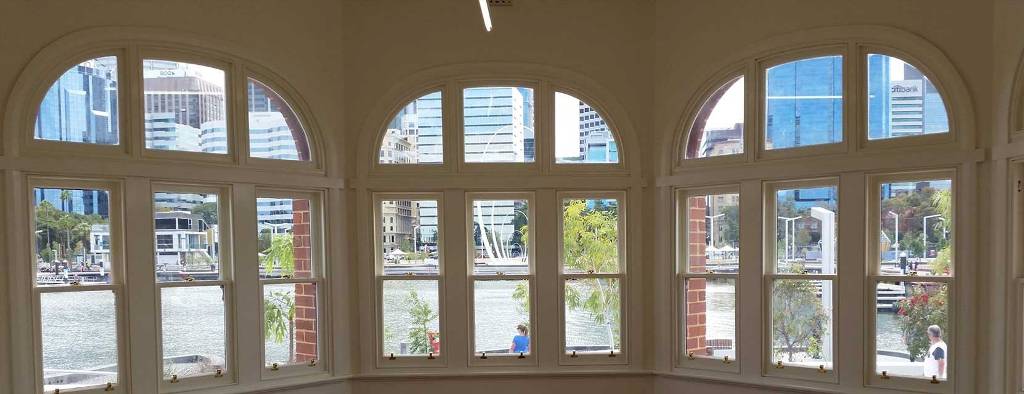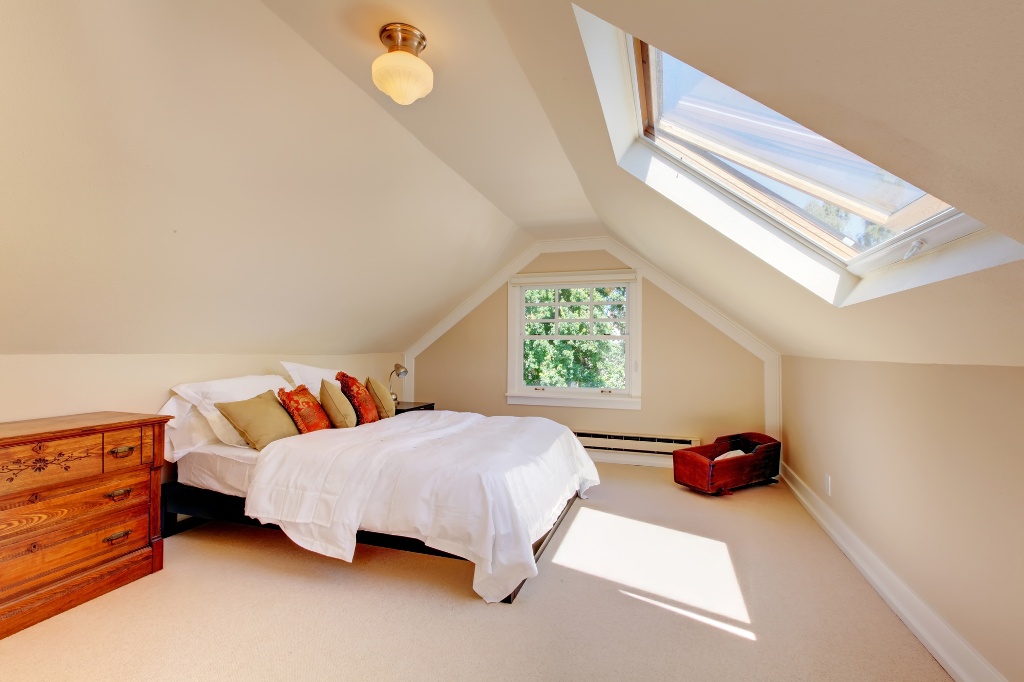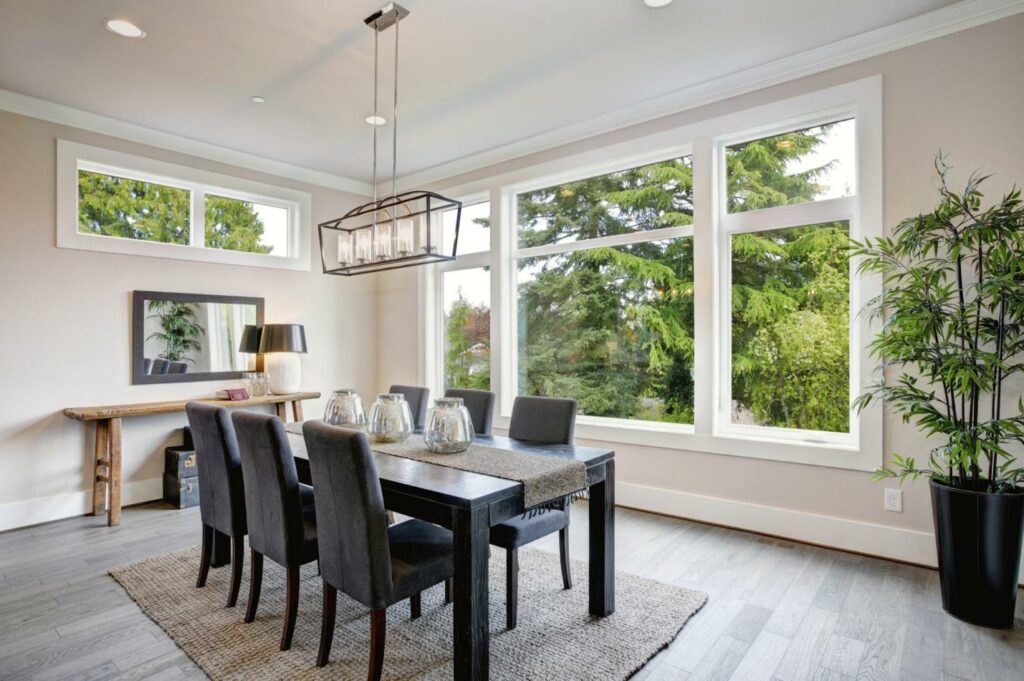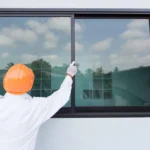There are many different house window styles you can choose from. If you want to learn some advantages and disadvantages of the different styles, click here.
Do you ever think about how many different styles of windows there are?
No? Well, there are a lot. If you’ve ever had to replace your house windows or the windows in your office, then you’ve probably spent some time going down the window style rabbit hole.
Whether you need double-hung windows, awning windows, bay windows, or sliding windows; it all depends on what purpose you want the window to serve. Today, we’re going to give you a rundown of the most popular house window styles, their advantages, disadvantages, and what purpose they typically serve.
If you’ve been thrown into the fire with having to pick out and purchase some new windows, this is the post for you. Let’s talk about windows.
Double-Hung Windows
Single and double-hung windows are some of the most popular windows in older homes, but they still get some use in modern house architecture. They’re the windows that feature two panes of glass that move along tracks.
To compare, single-hung windows, only one (usually the bottom) window slides to let the air in. Double-hung allows both panes to slide up and down so you can have a bit more control about where the airflow comes from.
The benefits of double-hung windows are the ease of use, the wide selection due to their popularity, and the relatively low cost, also due to their popularity. The only problem with double-hung windows is because of the large opening that they provide, intruders might be enticed.
Casement Windows
Another popular style, casement windows are the kind that opens vertically, usually with the use of a hand-crank. One side is hinged to the house, while the other pivots open like a door.
The benefits of casement windows, aside from also being widely available and relatively low-cost, are the ability to control the airflow into your house a little more. Also, the narrow passageway that makes it difficult for intruders to come in through an open window.
If you fully extend a casement window, however, it is possible for a very strong gust to snap it off, though unlikely. The mechanical hand-crank can be difficult to use over time as the mechanism wears down and debris gets caught inside.
Awning Windows
Awning windows operate in the same way that casement windows do, except that they are hinged at the top and pivot open from the bottom. They’re often the norm in wet climates, so you can keep your window open while it rains. They’ve also become popular on ground floors of buildings, to keep intruders away.
The negatives are, again, that the mechanics of the hand-crank wear over time. It’s also less-than-ideal for directing the flow of air in your home.
Bay Windows
Bay windows are large, single-pane windows that protrude out of your house. You’ll usually see them in a living room or dining room and they create a small shelf when they’re installed.
Unlike bow windows, which have curved glass, bay windows have flat panes of glass built into an angled frame. They’re more expensive to install because of the size of the window panes.
The positive with bay windows is the amount of natural light that they let into your living space, which can be invaluable for a room’s vibe. They’re also very secure, as they aren’t meant to open. Of course, the negative then is that you can’t open them to get any airflow into your room.
Sliding Windows
Sliding windows function in a similar way to hung windows, except the slide along the top and bottom tracks to open. Like hung windows, you can get styles where only one window slides and others where both windows slide. It all depends on how much air access you want.
Since they’re another popular style, you can get them for an affordable price and in many different looks. The simplicity lends itself to durability and longevity, however, the tracks do sometimes fill with debris, making it harder to slide the windows.
Arched Windows
An arched window is a large window that is curved at the top. They make a statement; they’re mostly used as a design feature and a way to let lots of light into a room, like a bay window.

Some arched windows are made to open like casement windows, but most are stationary, so you cannot open them. They’ve got a timeless appeal and have the ability to open your room up in a completely unique way. The only problem is that they’re quite expensive to install.
Other House Window Styles
There are a few other popular window styles that serve less of a practical purpose. But, what they are able to do is enhance the design, mood, and overall vibe of a room, which is always one of the main goals.
Picture Windows
If you’ve got a great view, why wouldn’t you showcase it? Picture windows simply give you an unobstructed view of the real-world beauty outside your home. They don’t open and they’re typically one large piece of glass so that you can take it all in.
Garden Windows
If you’ve got a green thumb, a garden window can bring an underutilized corner of a room to life, literally. A garden window is built in the same fashion as a bay window, protruding from on side of your home, only smaller to fit your plants and give them sunlight.
Skylight Windows
No other window style gives you a better taste of the outdoors than a skylight. You can bask in all of the sunny or overcast glory of the great outdoors by carving a piece of your ceiling out and putting a window there.

Skylights are great if you’re limited by your exterior walls, but they can get pretty pricey when it comes to installation.
Find the Best Windows for Your Home
To choose the best house window styles, you’ve got to take it room by room. Each exterior wall might benefit from a completely different look, a different amount of light, and a different amount of airflow. You don’t have to have them all installed at once, so take your time and make the right decisions.
Did you find this article helpful? Come back and visit us for more on indoor and outdoor home improvement.






